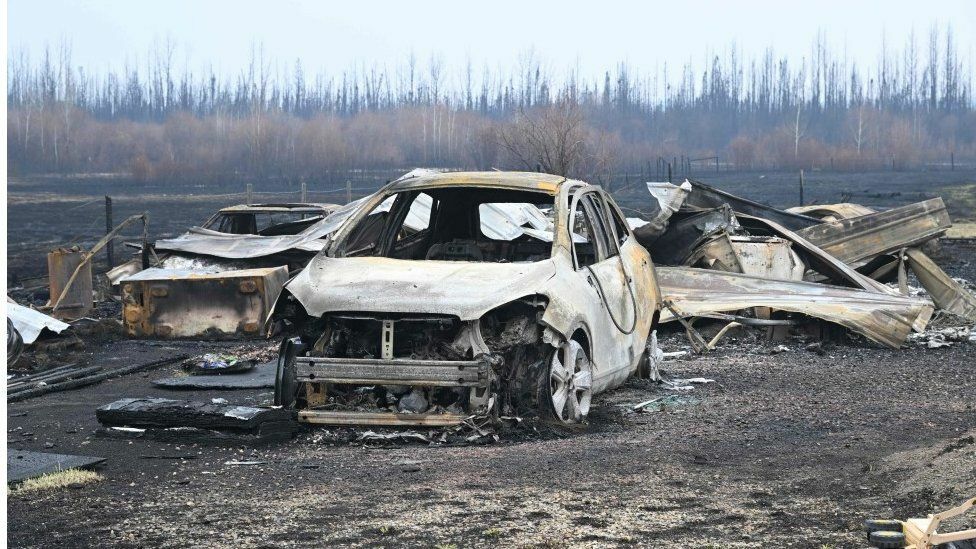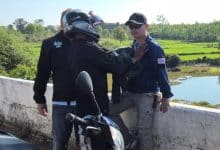Wildfires cause worst air quality in years for US cities

Intense wildfires in Canada have led to the worst air quality in years for cities such as Washington DC and Philadelphia, affecting millions of people across North America. The hazardous conditions have resulted in event cancellations and flight disruptions throughout the United States. Almost 100 million individuals are currently suffering from very poor air quality. US President Joe Biden referred to the fires as a “stark reminder of the impacts of climate change.”
Data from the US Environmental Protection Agency’s Air Quality Index (AQI) revealed that North American cities had the worst air quality globally on Thursday morning. Cities like Washington DC, Philadelphia, and New York experienced significantly worse air quality than international cities such as Lahore, Dhaka, and Hanoi. The smoke has led to the cancellation of school trips, sporting events, and even the White House’s planned pride celebrations. The National Zoo was closed, and its animals, including three giant pandas, were taken indoors for shelter. In Baltimore, residents wore masks while going about their daily activities.
At Baltimore’s Inner Harbour, friends Sharifah and Sheila disembarked from a water taxi, eager to hurry indoors. They had originally planned to spend the day in Baltimore’s Fells Point, a waterside neighbourhood known for its galleries, shops, and outdoor seafood restaurants. However, the smoke was so thick and their eyes stung so much that they decided to return home.
The majority of the smoke is coming from Quebec, where 150 fires are currently burning. This year is already Quebec’s worst fire season on record. Some areas of Canada, such as the city of Janvier in Alberta, continued to experience very high levels of contamination on Thursday. Janvier had an AQI of 338, significantly higher than Washington DC’s 293. President Biden mentioned that he had spoken to Canadian Prime Minister Justin Trudeau on Thursday and had deployed over 600 firefighters to help battle the fires in Canada.
On a typical Thursday, Washington DC’s Union Market would be bustling with customers dining al fresco in the afternoon sun. However, with the smoke thick in the air, tables and chairs sat empty. A nearby rooftop bar was deserted except for a small group of Canadian tourists, who jokingly apologised for the disruption.
Environment Canada warned that conditions were worsening in Toronto on Thursday, as more smoke continued to pour in. The agency has recommended that anyone outdoors wear a mask. “These fine particles generally pose the greatest risk to health. However, respirators do not reduce exposure to the gases in wildfire smoke,” the Environment Canada statement said.
In New York, an orange haze enveloped the city’s skyline and obscured landmarks, including the Statue of Liberty. Public health officials have urged people not to exercise outdoors and to minimise their exposure to the smoke as much as possible, as the air poses immediate and long-term health risks.
Canadian officials have stated that the country is on track for its worst wildfire season on record. Experts have attributed a warmer and drier spring than usual as the reason behind the trend, with these conditions expected to persist throughout the summer. Fires across Canada have already burned an area that is 12 times the 10-year average for this time of year.
Climate change increases the risk of the hot, dry weather that is likely to fuel wildfires. The world has already warmed by about 1.2C since the industrial era began, and temperatures will continue to rise unless governments worldwide make steep cuts to emissions. Experts warn that exposure to wildfire smoke can cause numerous health issues, such as an elevated pulse, chest pain, and inflammation in the eyes, nose, and throat.
Latest Thailand News
Follow The Thaiger on Google News:


























